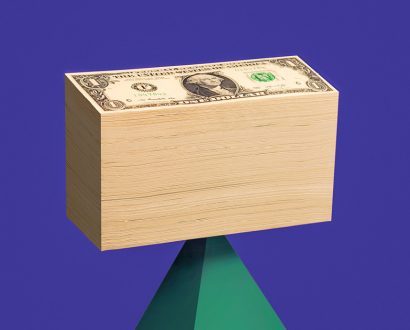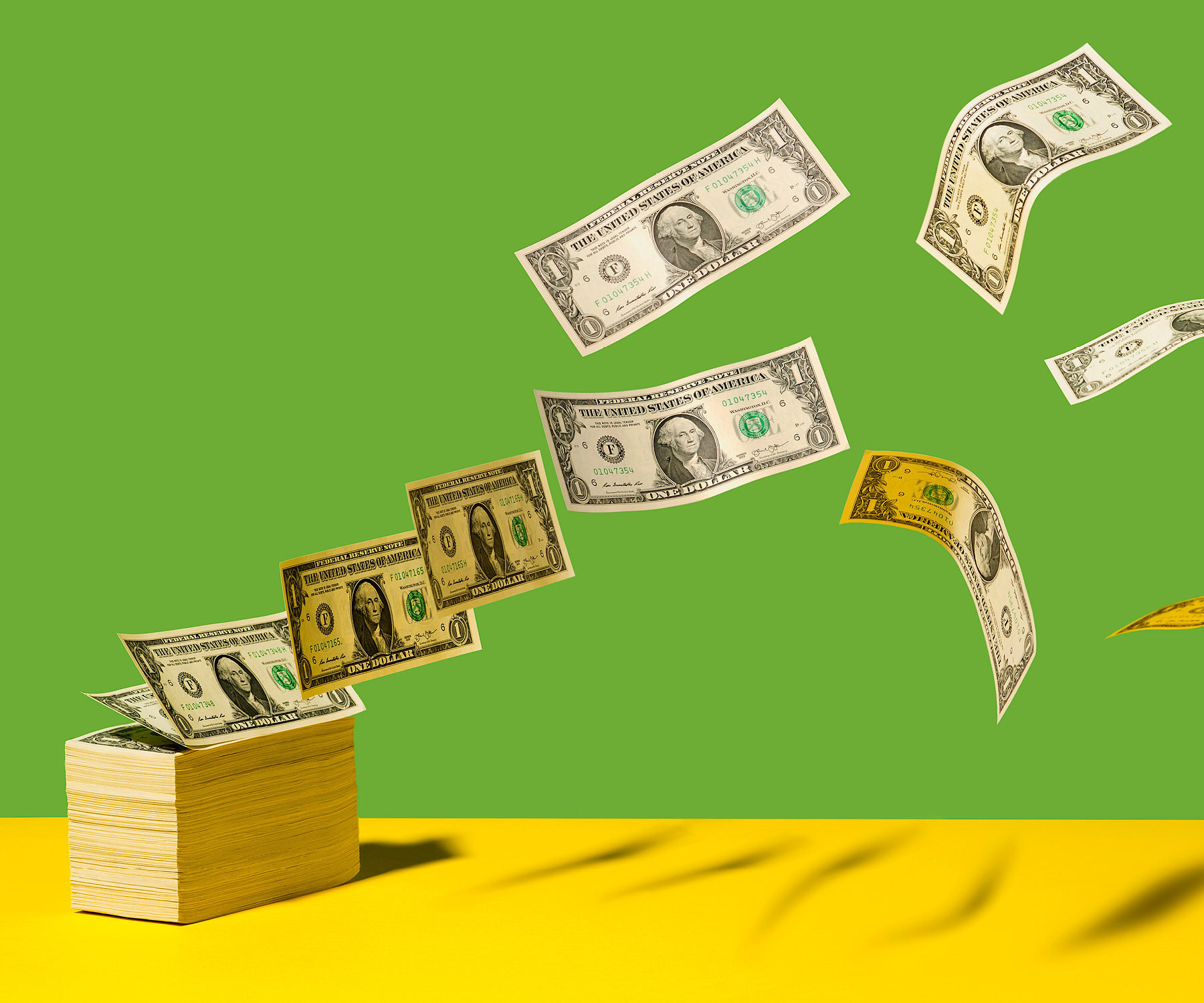Balancing your short-term wins with long-term success

Not many management teams have the staying power to see through their decisions. Those who do usually have a closer relationship with the business beyond just a salary and bonus package.
For example, founders often care more about a company’s long-term growth and are more likely to remain involved to see their decisions come to fruition. This level of longevity is rare, and the identification of this trait requires, first, an understanding of the psychological aspects of human motivation.
Yahoo!’s biggest mistake wasn’t the price of Facebook
The reason why corporate longevity is so rare is that management teams constantly face the opposing forces of choosing what is good for the company in the long-term versus what will generate short-term results. What generates the best results in the short-term may, in fact, be detrimental to the company in the long-term.
For example, Yahoo! was the leader in internet search, email and online news in the 1990s but has let that lead slip to new technology rivals Microsoft, Google and Facebook. Unlike its competition, Yahoo! neglected to focus on hiring and developing talented programmers to improve its core suite of products.
Instead, Yahoo! chose to focus on generating immediate advertising revenues, diverting its resources to maximizing short-term gains and neglecting to reinvest in its long-term future. Decisions can only be accurate if management teams consider both horizons, near and far.
The lesson from Yahoo! shows the importance of balancing decisions for both the short-term and the long-term. Management teams need to be correct in both time horizons.

What generates the best results in the short-term may, in fact, be detrimental to the company in the long-term.
In 2006, Yahoo! made a US$1 billion offer to buy Facebook but was swiftly rebuffed. As Mark Zuckerberg, Co-Founder and CEO of Facebook, recalls, there was immense pressure internally from employees and executive management to sell the business to Yahoo! and capitalize on a huge windfall gain – many of them had stock options and would have been paid out handsomely.
But Zuckerberg saw the opportunity to expand Facebook beyond the student market – it was a long-term decision that went against the wishes of many senior executives who wanted a short-term payout.
In the end, Yahoo!’s takeover bid was rejected by Zuckerberg. That decision would prove to be a long-term winner, though not without short-term unpopularity. In a vote of disappointment at no longer being able to realize their valuable stock options, all of Facebook’s senior management team left the business within a year of the failed takeover.
Zuckerberg’s decision not to sell proved to be correct in the end – Facebook (now Meta) is now worth well over US$1 trillion.
Clues to the management team’s long-term thinking
As the Yahoo! example shows, a myopic focus on the short-term blinds a management team’s ability to make bold long-term decisions. To make accurate decisions, management teams need to pay heed not just to the now but also to the next. Those with blinkers on will be destined to fail eventually.
Look for clues that paint a picture of how a management team thinks. Even outsiders can gain insight by stitching together these clues to determine a management team’s frame of mind.
For starters, the dividend payout ratio (the proportion of dividends paid out from profits) indicates the level of cash that is returned to investors – the greater the payout ratio, the less cash is retained within the business for future growth. Excessive payout ratios (80 percent or more) often indicate the company is in ‘cash-cow’ mode and is simply looking to generate cash.
When a company is in cash-cow mode, it seeks to maintain a high constant dividend with little regard for the natural fluctuations of business.
An example is IBM, which paid out 80 percent or more of its earnings every year between 2020 and 2023 (in some years it has dipped into cash reserves to achieve this, as dividends paid out have exceeded earnings). When a company is in cash-cow mode, it seeks to maintain a high constant dividend with little regard for the natural fluctuations of business.
This means management teams are focused on maintaining short-term returns to ensure they can continue delivering the level of dividends their shareholders have come to expect. Coca-Cola is another example that has paid out dividends in the range of 74–94 percent of its earnings during the period from 2014 to 2023.